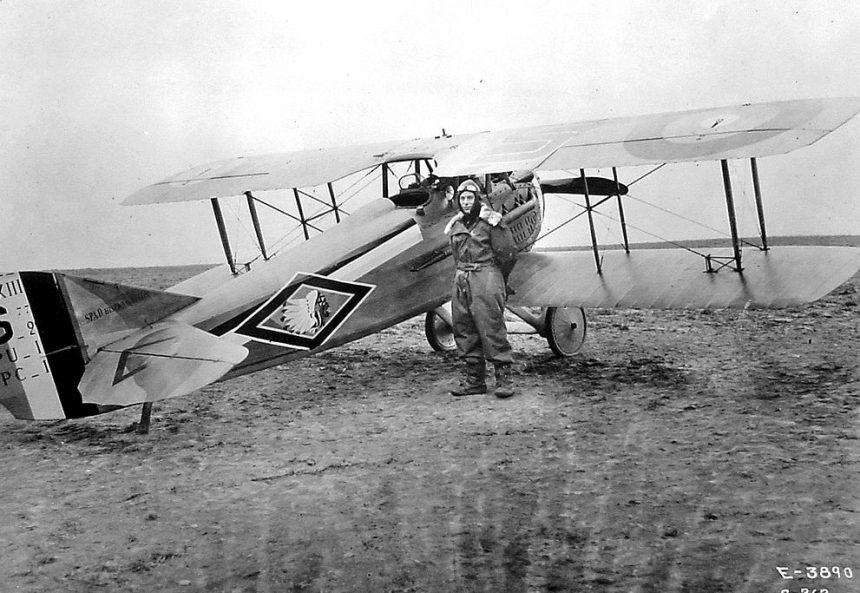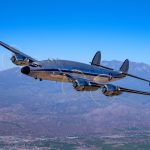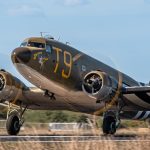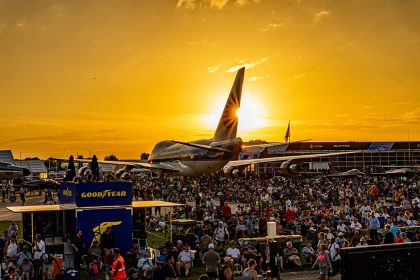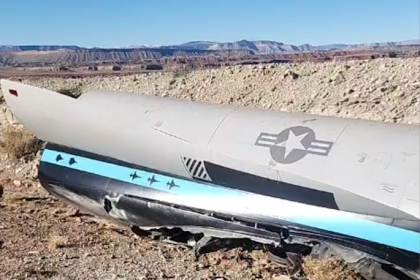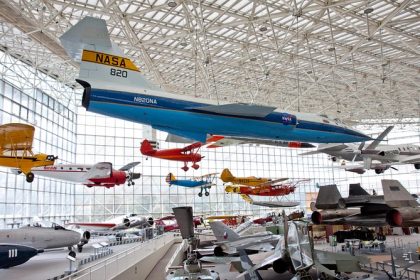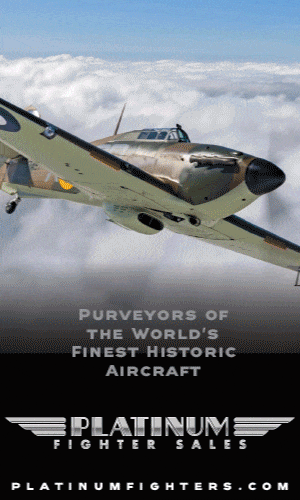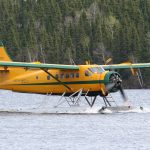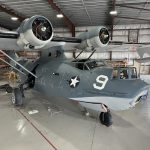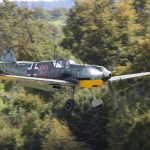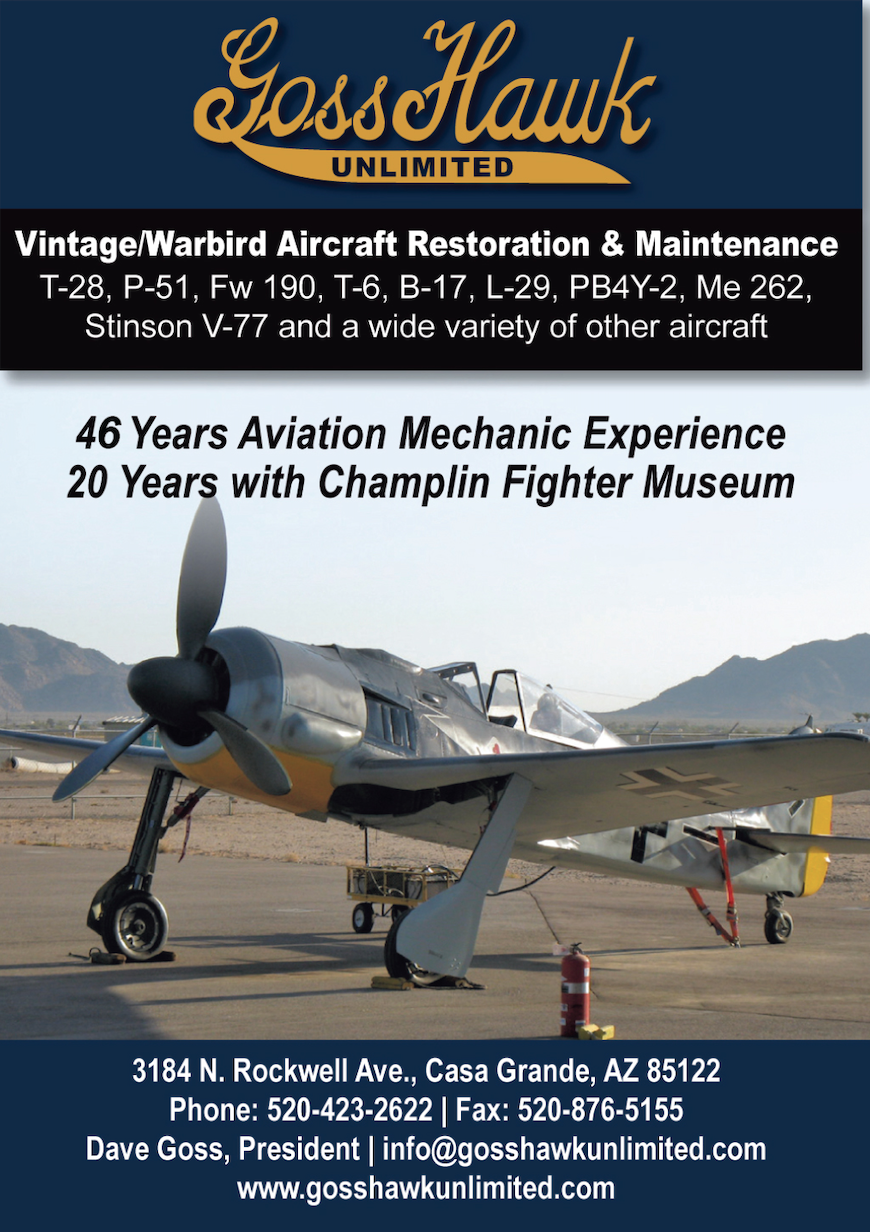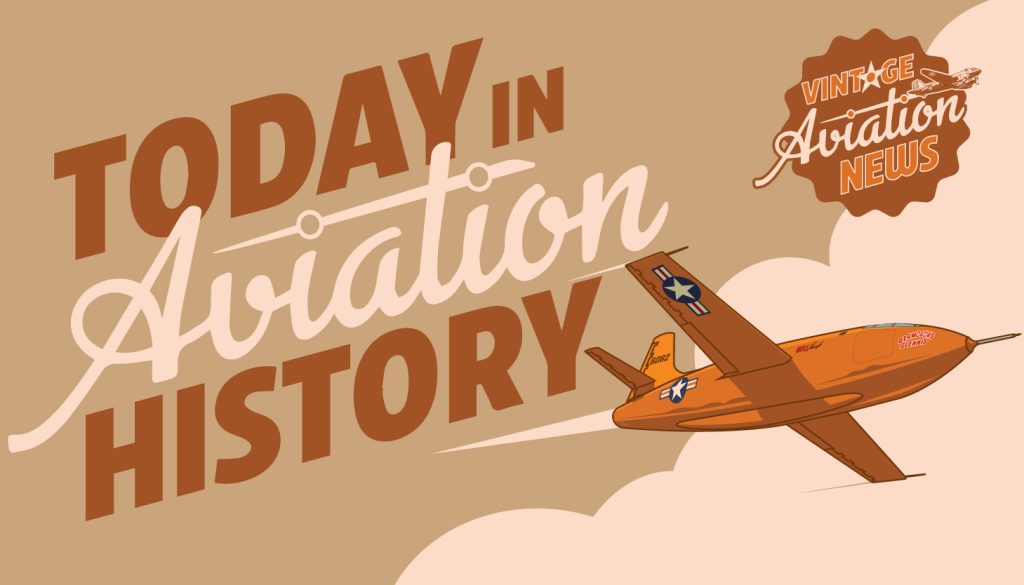
On this day in aviation history—April 4, 1917—the SPAD S.XIII fighter biplane took to the skies for the first time. Developed as an evolution of the earlier SPAD S.VII, the S.XIII was Société Pour L’Aviation et ses Dérivés’ response to the rapid advancements in aerial combat during World War I. As the war progressed, the S.VII was beginning to show its age, prompting French designer Louis Béchereau to develop two new fighter models: the SPAD S.XII and the SPAD S.XIII.
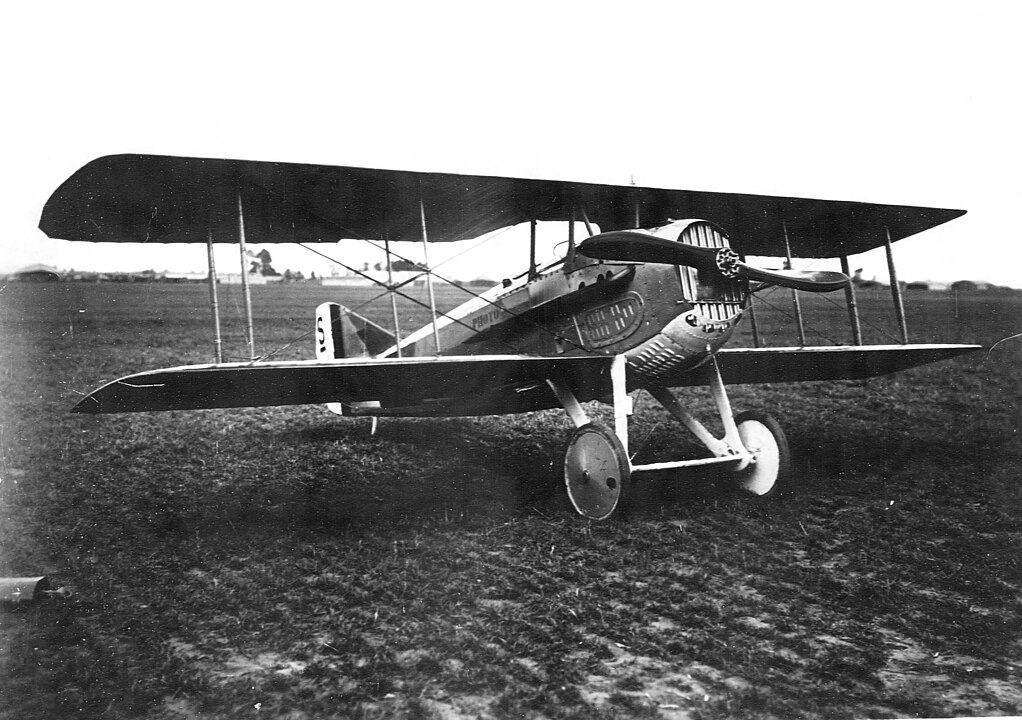
During testing and refinement, the S.XIII proved to be the superior design. It quickly became one of the most successful and widely produced fighters of World War I, with 8,472 units built. Plans for an additional 10,000 aircraft were abandoned following the Armistice in 1918. The SPAD S.XIII was powered by the Hispano-Suiza 8B, a water-cooled, 8-cylinder V-type engine that produced 200 horsepower, allowing the aircraft to reach a top speed of 131 miles per hour. Armed with twin .303-inch Vickers machine guns (or Marlin M1917/M1918s on American models), the S.XIII proved to be a formidable adversary in the skies over Europe.
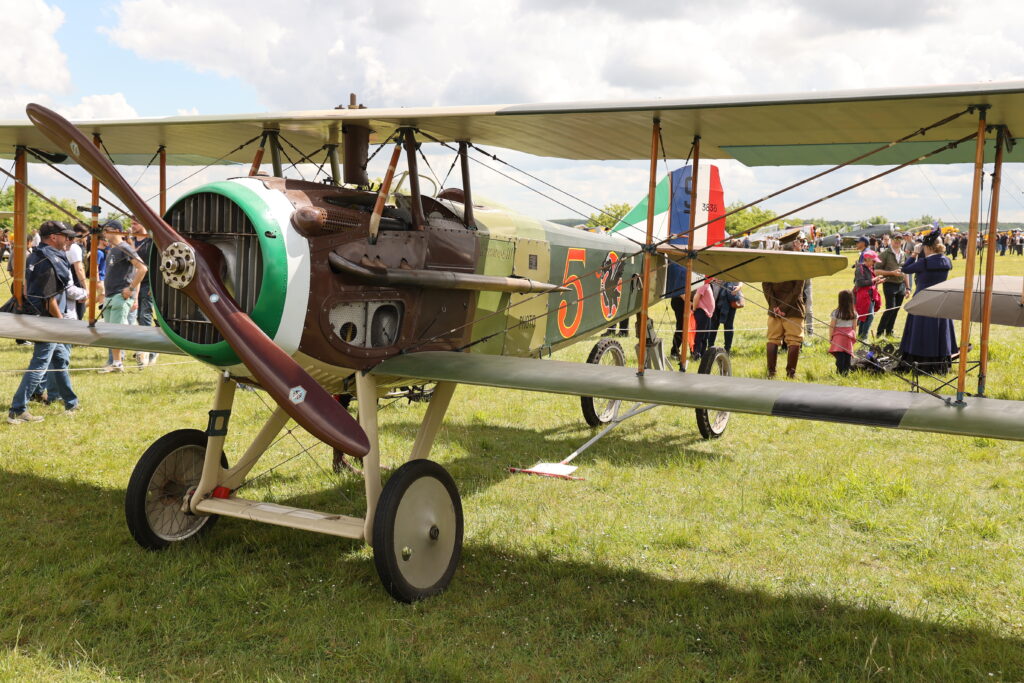
Serving with the French Aéronautique Militaire, the British Royal Flying Corps, and the United States Army Air Service, among others, the SPAD S.XIII became a favorite among pilots. Notably, American ace Eddie Rickenbacker flew the aircraft during the war, achieving many of his 26 aerial victories. Pilots praised the SPAD S.XIII for its stability and exceptional gun platform, making it an effective weapon in dogfights.
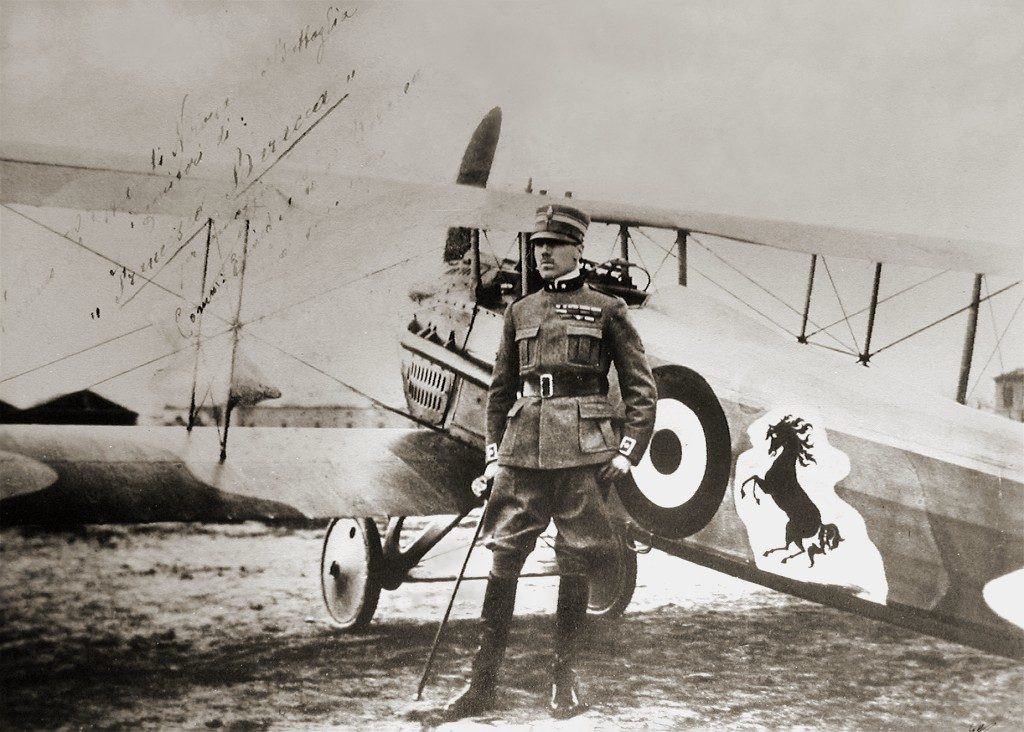
Today, numerous reproductions of the SPAD S.XIII exist worldwide, with a few original examples still preserved. One remains airworthy with the Memorial Flight Association in La Ferté-Alais, Île-de-France, keeping the legacy of this historic fighter alive for future generations.








